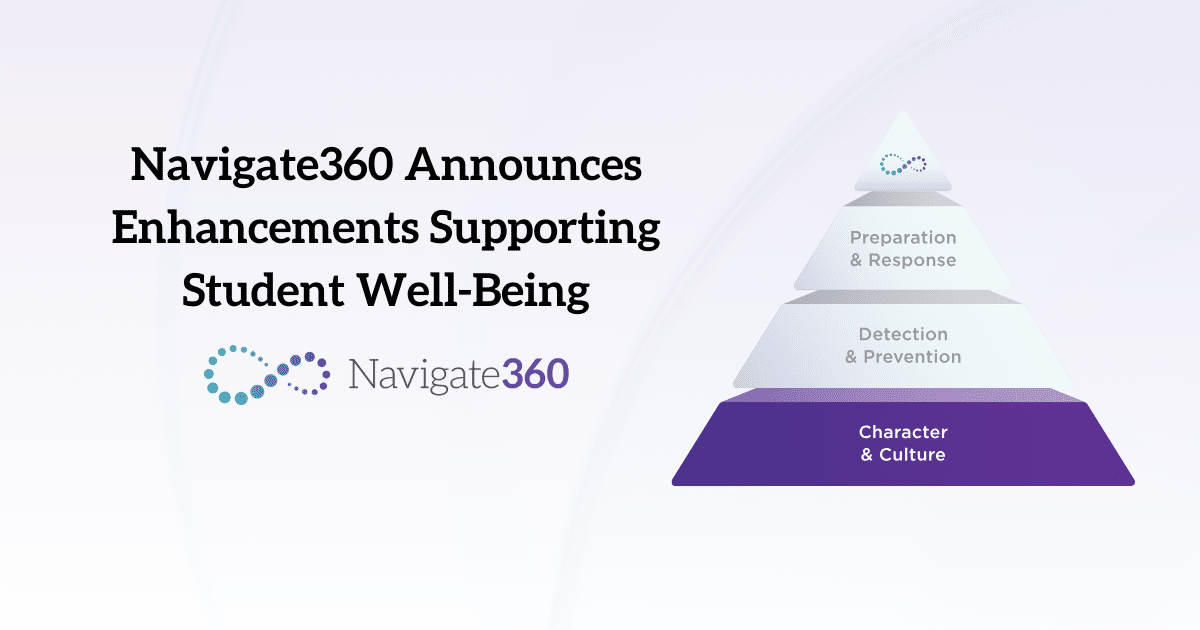Bullying is a distinct behavior characterized by repeatedly and purposely harming others who are in a position of lesser power either by physical size, strength, social status, or age. It takes various forms, encompassing physical, verbal, social, and cyberbullying, and has lasting effects on all parties involved. Although bullying often draws attention to the person targeted, it’s also crucial to consider the person responsible for the bullying behavior. When we examine both sides of bullying, we gain a more comprehensive and nuanced perspective, highlighting the importance of addressing all aspects of it.
Dr. Scott Poland, an internationally-recognized expert in youth suicide prevention and the director of the Suicide and Violence Prevention Office at NSU Florida, emphasizes the literature’s findings: both the individuals who engage in bullying and those who experience bullying are susceptible to suicide risk. He states, “Now, we’re never going to be able to show purely a causal relationship because at the foundation of youth suicide is untreated [or] under-treated mental illness and adverse childhood experiences.”
School counselors and other personnel must understand the connection between bullying and suicide. They should screen all individuals involved in bullying situations for suicide risk and offer them the appropriate support tailored to meet their needs.
Suicide Risk in Youth Who Bully
There are a variety of reasons why someone engages in bullying behavior. In fact, some youth may have experienced torment from others and then repeat this behavior toward those they perceive as less powerful. These individuals are especially vulnerable and may suffer from depression, anxiety, loneliness, and impulsivity.
Other reasons that contribute to the development of bullying behavior include the following:
- Wanting to have power and control, elevate their social status, and fit in with their peer group
- Lacking social-emotional skills such as:
- Understanding others’ emotions
- Misreading the intentions of others
- Having the ability to regulate their own emotions
- Not knowing how to handle situations in a prosocial way
- Seeing aggression and violent behavior modeled or normalized at home
- Having caregivers who do not provide emotional support, or who respond to them in either highly reactive or overly lenient ways
- Masking low self-esteem by participating in aggressive behavior toward others
It’s essential for school counselors and other personnel to understand these underlying factors associated with bullying. Only treating the symptoms and not addressing the root of the problem will not result in lasting change. On the contrary, this approach may inadvertently reinforce the challenging behavior.
It’s also crucial for school counselors to understand that bullying might stem from anxiety, depression, or other mental health conditions. This comprehension enables them to tackle these issues before they worsen into severe forms of aggression, antisocial behavior, or suicidal ideations, thoughts, or actions. Suicide prevention programs, featuring suicide screenings and mental health resources for students, are a vital piece of this puzzle.
Suicide Risk in Youth Who Are Targets of Bullying
There is an abundance of research on bullying that is centered around the person who is the target of bullying behavior, and for good reason. These students are at increased risk of developing mental health issues, substance abuse problems, and suicidal ideation. Being bullied not only impacts a student’s life today but can have ramifications for their future.
Students who are bullied are more likely to experience:
- Low self-esteem
- Decreased academic achievement and school attendance
- Depression and anxiety
- Changes to their eating and sleeping habits
- Difficulty maintaining friendships
- Psychosomatic disorders such as stomachaches, headaches, high blood pressure, and skin rashes
It’s important to consider the long-term impact that some of these behaviors can have on students. Due to decreased academic achievement and school attendance, an individual who is bullied may be more likely to drop out of school entirely. Furthermore, a student with depression and anxiety who does not receive treatment could become suicidal. Reporting instances of bullying and speaking openly with students who are being bullied is vital. This is the duty of all school personnel, especially school counselors and psychologists. School staff must encourage honest discussion of bullying behavior and conduct suicide screenings when warranted. This is how students receive the help they need before bullying leads to significant impacts on their physical, mental, and emotional well-being.
Mitigating the Risk on Both Sides of Bullying
SEL programs and suicide awareness and prevention programs work in tandem to provide schools with critical resources to help combat bullying. Navigate360’s evidence-based SEL program, Suite360 , provides curricula addressing a wide array of topics affecting K-12 students today, including bullying prevention.
The evolving library of topics features engaging and interactive content scaffolded by grade. Suite360 provides the SEL lessons students need to develop stronger self-awareness, emotion management, impulse control, relationship skills, and conflict resolution strategies.
Combatting Bullying with Suite360
Our SEL bullying lessons focus on awareness. Lesson topics include the difference between bullying and teasing, how to identify bullying language and situations, and strategies to report bullying to a trusted adult.
While SEL lessons work proactively to combat bullying, Navigate360’s Behavior Intervention program features lessons that directly address bullying after an incident of bullying behavior occurs. Behavior Intervention lessons are designed to help students who are exhibiting bullying behaviors understand the impact of their behavior, reflect on their behavior and the reason behind it, and understand short-term and long-term consequences of choosing to participate in this behavior. Lessons also provide self-regulation tools that can help students control the big feelings that can often lead to bullying behaviors.
GPS: Guide to Preventing Suicide
We also offer a one-of-a-kind solution called GPS: Guide to Preventing Suicide. Developed with Dr. Poland, this program incorporates components crucial to helping educators prevent suicide and self-harm incidents. It includes:
- Suicide awareness and prevention curriculum that exceeds state mandates and guidelines to help staff identify and aid students in crisis
- A case management system that helps guide staff through the suicide risk and behavioral threat assessment process
- Anonymous tip reporting provides a safe place for students to share concerns, enabling staff to proactively address critical events
- Detect, an ethical approach to social media and email scanning technology that allows school administrators to stay ahead of threats of harm
Implementing these programs ensures that schools are proactive about bullying by reaching out to at-risk students before escalation occurs. In addition, all students benefit from the social and emotional support and interventions offered with Suite360 and GPS: Guide to Preventing Suicide. These programs offer school-wide strategies to cultivate a more positive, inclusive learning environment where all students experience a sense of belonging.
To learn more about this topic, download our free guide, Expert Insights on Youth Suicide Awareness & Prevention in K-12 Schools. You can also get in touch with Navigate360 to schedule a safety consultation for your school by contacting us today.
Get Help Today
If you or someone you know are struggling with thoughts of suicide, contact one of the following resources:
National Suicide Prevention Lifeline: 1-800-273-TALK (8255) or text TALK to 741741
Youth Helpline, Your Life Your Voice: 1-800-448-3000
988 Suicide & Crisis Lifeline: Text 988
The Suicide & Crisis Lifeline in Spanish: 1-888-628-9454
Child Help Hotline: 1-800-422-4453





